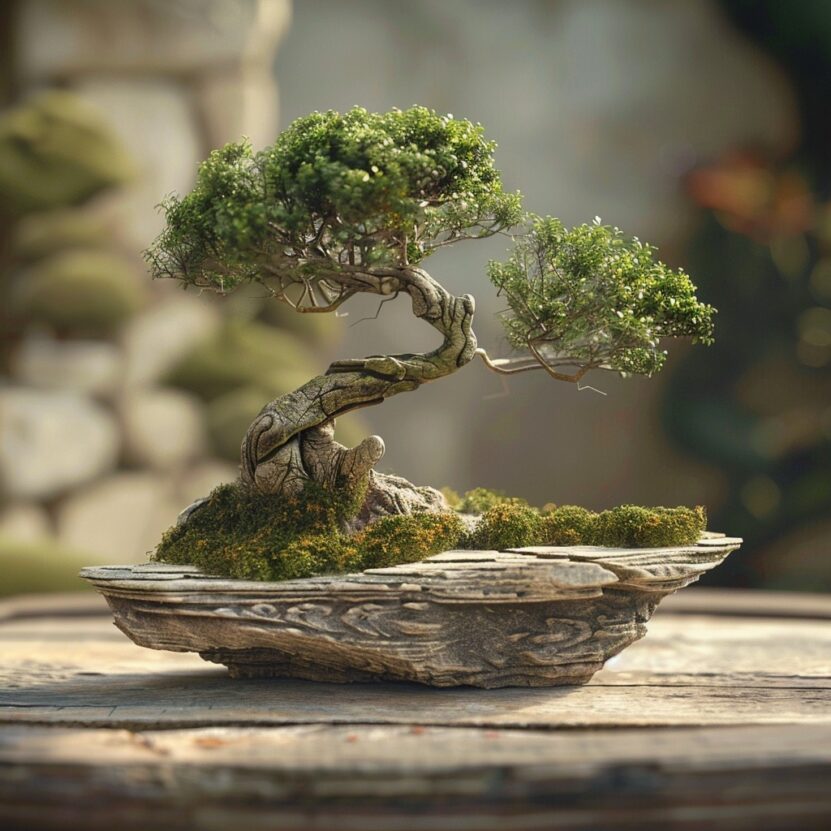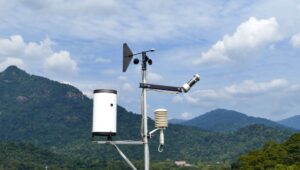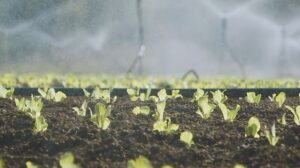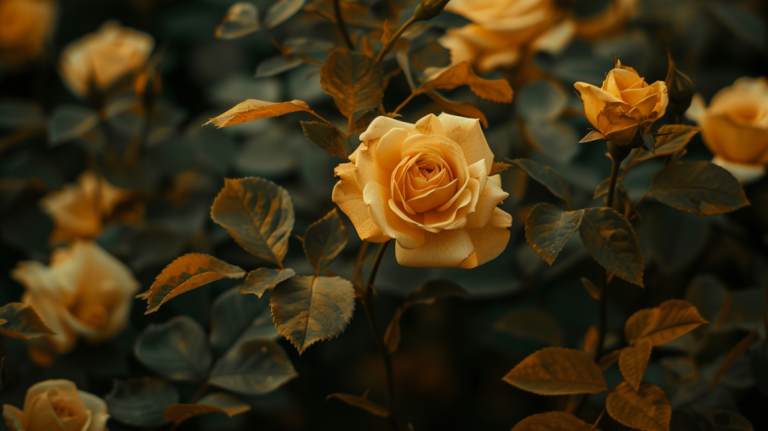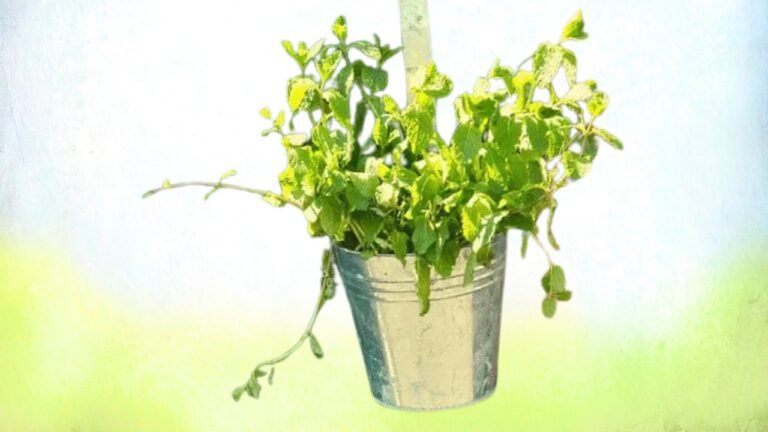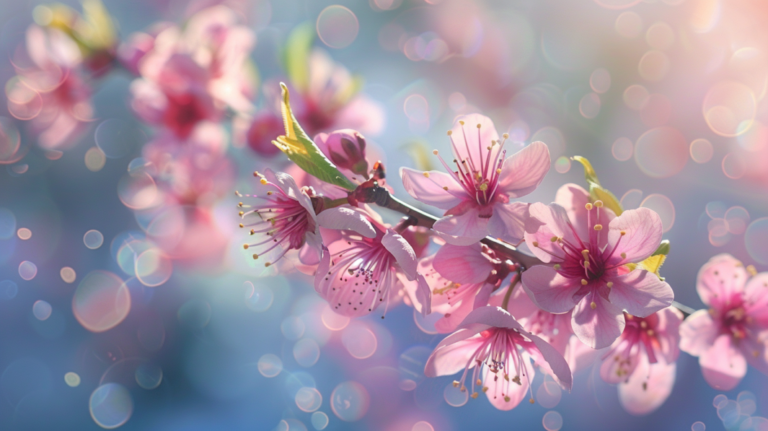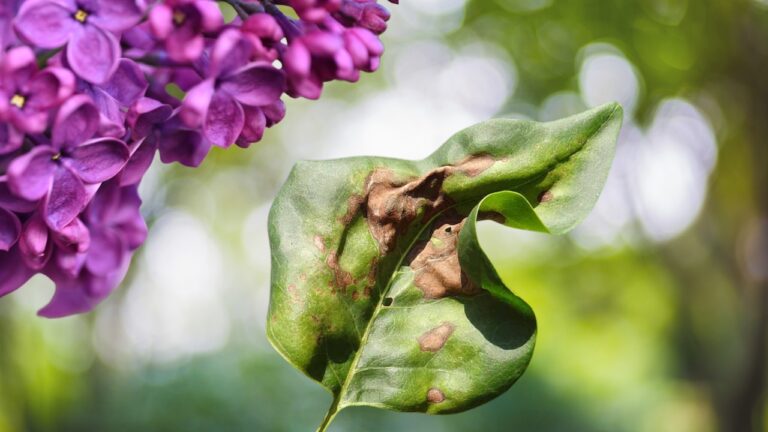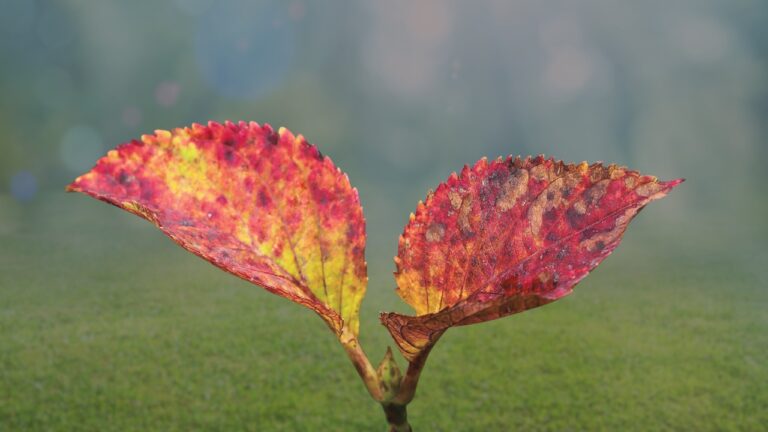Have you ever seen those tiny little trees that look just like the big ones? Those are called bonsai trees and they’re super cool! Bonsai takes nature, art, and patience to make trees look old even though they’re small. Let me tell you more about these tiny trees and how sunlight affects them.
Key Takeaway
- Sunlight gives plants energy through photosynthesis to grow. Bonsai being small needs extra sun power.
- Different bonsai species have varying light needs – know what yours likes best.
- Nothing replaces real sunshine, but grow lights can help indoors if you get the right kind.
The Sun’s Energy
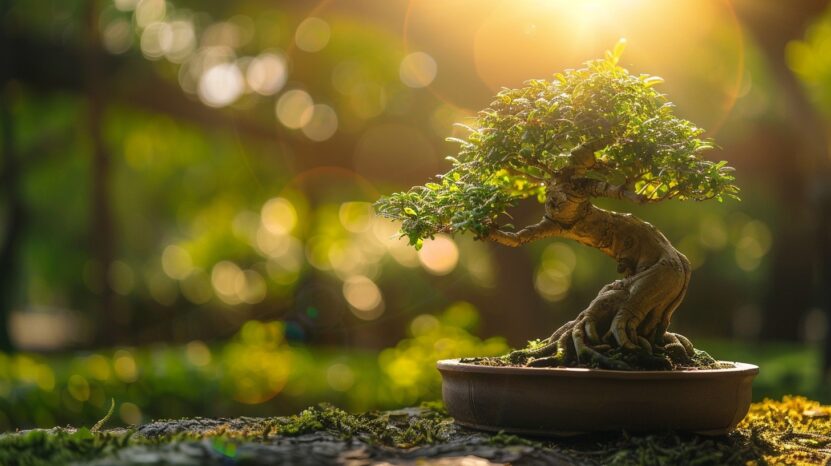
We already talked about how plants use sunlight for photosynthesis to get energy, but it’s worth repeating. Sunlight is like fuel in a car – plants need it to run. Bonsai being small needs extra sun power to grow strong.
The Photosynthesis Process
Photosynthesis is basically plants turning sunlight, carbon dioxide, and water into food (glucose). The glucose gives them energy for living. Chlorophyll in the leaves absorbs sunlight to make this magic happen. No sun means no glucose and weak plants.
Different Bonsai, Different Needs
Not all bonsai species are the same. Some like pine trees need lots of sun while others like ficus trees do okay with less. Know what kind of bonsai you have so you can give it the right amount of light. Too much or too little will stress it out.
Alternatives to Sunshine
Living room windows don’t always provide enough natural light. Grow lights, LEDs and fluorescent tubes can help if you choose the right kind. But they aren’t perfect like the real sun, so use them only if you have to. Enthusiasts may consider other sources of light, mainly lighting indoor alternatives. Are these alternatives viable?
- LED: They can mimic the spectrum of sunlight and can be tailored to the needs of specific plants.
- Fluorescent: Often used for indoor gardening, they can offer the necessary light spectrum for many plants.
- Grow: Specifically designed for plants, they provide a full spectrum of light, supporting photosynthesis.
Signs of Not Enough Sun
While artificial lights can be beneficial, they are not perfect replacements. Pay attention if leaves start turning yellow, stems grow tall and skinny, or lower leaves drop early. Those are SOS signals that your bonsai isn’t photosynthesizing well. Quick, move it or switch up the lights!
Preventing Darkness
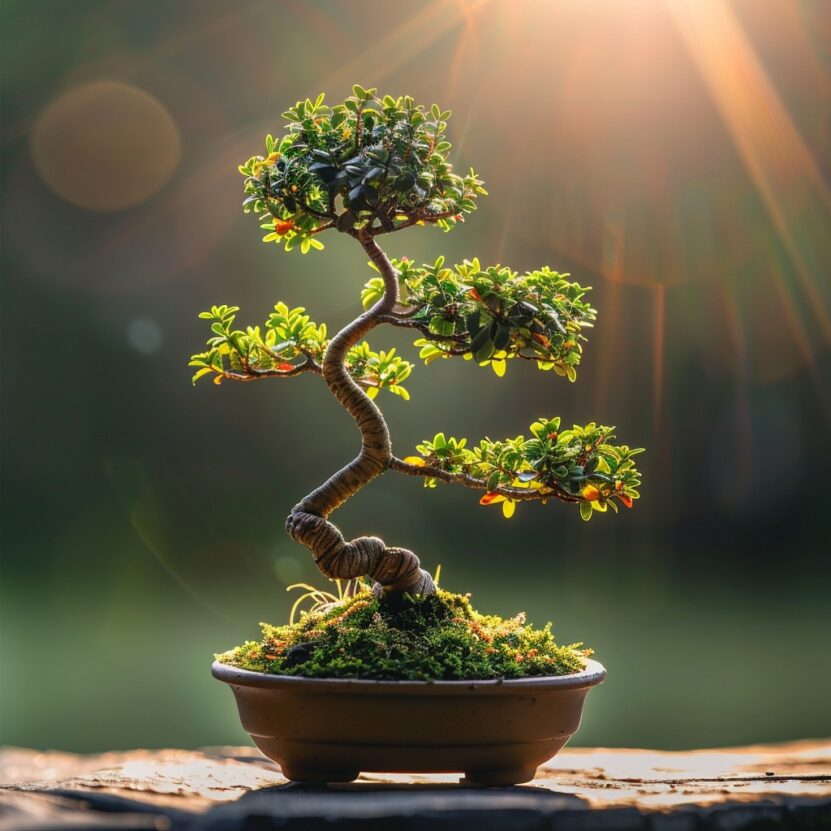
It’s smart to put bonsai in a spot with consistent sun and check on it regularly. Watch for anything blocking the light like trees or buildings. Also be ready to move your bonsai seasonally so it always gets enough sun rays. Prevention is key to happy trees.
Nurturing Recovery
If your bonsai did go without light, bring it back to the sun slowly. Cut off anything dead, watch it drink more, and fertilize it to bounce back strong. With TLC it can thrive again. I hope this gives you more insight into bonsai and sunlight, dudes. Let me know if any other questions come up! Taking care of bonsai trees is such a cool hobby but it takes some work to keep these little guys happy and healthy.
I wanted to share some tips I’ve learned to help prevent your trees from not getting enough sunlight.
- Location, location, location – Whether inside or out, really think about where you’ll put your tree. If inside, right by a big sunny window is ideal. If out, check for any tall plants or buildings nearby that could block the sun at different times of day.
- Routine check-ups – Put reminders in your phone to check on your trees at least once a week. Not only look at how they’re growing but see if their light conditions have changed since you last looked. Things like leaves on trees or the sun’s angle in the sky can affect light levels over time.
I also know it can be tricky to figure out all the specifics of bonsai care when you first start. Feel free to ask me any questions! Some common ones I get are about what types of trees work best, how often to water or repot, and if they can stay inside.
With a little research and practice, I’m sure your trees will thrive! The bond between bonsai and sunlight is so fascinating. These mini trees really show how important it is for all living things to have their basic needs met. I hope these tips help you prevent any light deprivation issues so your trees can stay happy and healthy. Let me know if you have any other questions!

